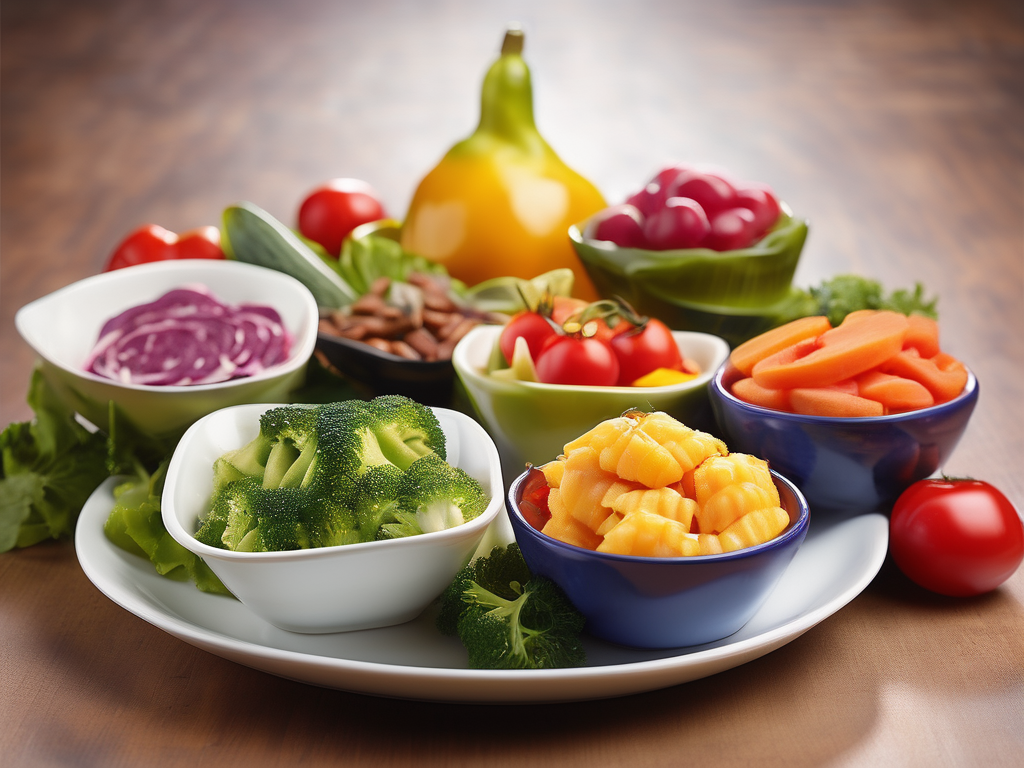
How to Properly Store Leftover Calzone: Cooked Homemade or Takeout
Get Your Free Food Safety Cheat Sheet
30 most common foods with instant answers. Print it and stick it on your fridge—completely free!
How to Properly Store Leftover Calzone: Cooked Homemade or Takeout
Calzones are delicious Italian turnovers filled with various ingredients like cheese, meats, and vegetables. Whether you have made homemade calzones or ordered them as takeout, storing leftovers properly is crucial to maintain their flavor and ensure food safety. In this guide, we will discuss the best practices for storing leftover cooked calzones to keep them fresh and safe for consumption.
Storing Homemade Calzones
When it comes to storing leftover homemade calzones, following these guidelines will help you preserve their taste and quality:
1. Cool Down Properly
After baking your homemade calzones, allow them to cool down at room temperature for about 30 minutes. This helps prevent condensation inside the storage container, which can make the calzones soggy.
2. Wrap Carefully
Once cooled, wrap the calzones individually in aluminum foil or plastic wrap. This step helps maintain moisture and prevents the calzones from drying out in the refrigerator.
3. Store in the Refrigerator
Place the wrapped calzones in an airtight container or resealable plastic bag before storing them in the refrigerator. Make sure to label the container with the date to keep track of how long the calzones have been stored.
4. Consume Within 3-4 Days
Homemade calzones should be consumed within 3-4 days of storage in the refrigerator. Discard any leftovers that have been kept for longer than this period to avoid the risk of foodborne illness.
5. Reheating Tips
When reheating homemade calzones, preheat the oven to 350°F (175°C) and bake them for about 10-15 minutes until heated through. This method helps retain the crispiness of the crust and ensures that the filling is thoroughly heated.
Storing Takeout Calzones
If you have ordered calzones as takeout and have leftovers, follow these steps to store them properly:
1. Remove Toppings
Before storing takeout calzones, remove any additional toppings like sauces or extra cheese. These toppings can make the calzones soggy during storage.
2. Transfer to an Airtight Container
Place the leftover calzones in an airtight container or wrap them tightly in aluminum foil. Avoid using plastic wrap directly on the calzones, as it can cause them to become mushy.
3. Refrigerate Immediately
Place the container with the leftover takeout calzones in the refrigerator within 2 hours of purchase. Keeping them at room temperature for an extended period can lead to bacterial growth and food spoilage.
4. Check for Signs of Spoilage
Before consuming leftover takeout calzones, check for any signs of spoilage such as an off smell, mold growth, or changes in texture. If you notice any of these signs, discard the calzones immediately.
5. Reheating Instructions
When reheating takeout calzones, it is best to use an oven or toaster oven to ensure even heating. Heating in a microwave can make the crust soggy. Preheat the oven to 350°F (175°C) and bake the calzones for 10-15 minutes until heated through.
Safety Tips for Storing Calzones
Here are some additional safety tips to keep in mind when storing leftover calzones, whether homemade or takeout:
- Always wash your hands before handling leftover calzones to prevent cross-contamination.
- Store calzones away from raw meat, poultry, and seafood in the refrigerator to prevent the spread of bacteria.
- Do not leave leftover calzones out at room temperature for more than 2 hours to avoid bacterial growth.
- If you are unsure about the freshness of leftover calzones, it is better to discard them to prevent foodborne illness.
Conclusion
Properly storing leftover calzones, whether homemade or takeout, is essential to maintain their quality and prevent foodborne illnesses. By following the guidelines mentioned in this guide, you can enjoy delicious calzones safely even after they have been cooked. Remember to cool, wrap, store, and reheat leftovers correctly to ensure a tasty and safe eating experience.
Authoritative Food Safety References
These agencies and university labs inform every tip and health precaution we publish.
USDA FoodKeeper – Cold Storage Guidelines
Official refrigerator, freezer, and pantry timelines maintained by the U.S. Department of Agriculture.
Visit USDA FoodKeeperFDA Produce Safety Rule & Grower Guidance
Field-to-fridge handling practices that prevent contamination of fruits, vegetables, and leafy greens.
Visit FDA Produce SafetyCDC Foodborne Illness Prevention Hub
Surveillance-backed guidance on pathogens, symptoms, and steps to reduce foodborne illness risk.
Visit CDC Food SafetyUC Davis Postharvest Technology Center
University research detailing optimal storage atmospheres for produce after harvest.
Visit UC Davis PostharvestPenn State Extension – Home Food Preservation & Safety
Peer-reviewed extension bulletins on safe canning, chilling, and reheating practices.
Visit Penn State ExtensionGet Your Free Food Safety Cheat Sheet
30 most common foods with instant answers. Print it and stick it on your fridge—completely free! Want more? Upgrade to the complete guide with 70+ foods.
Scan your food directly and get instant safety info using our AI-powered camera feature.